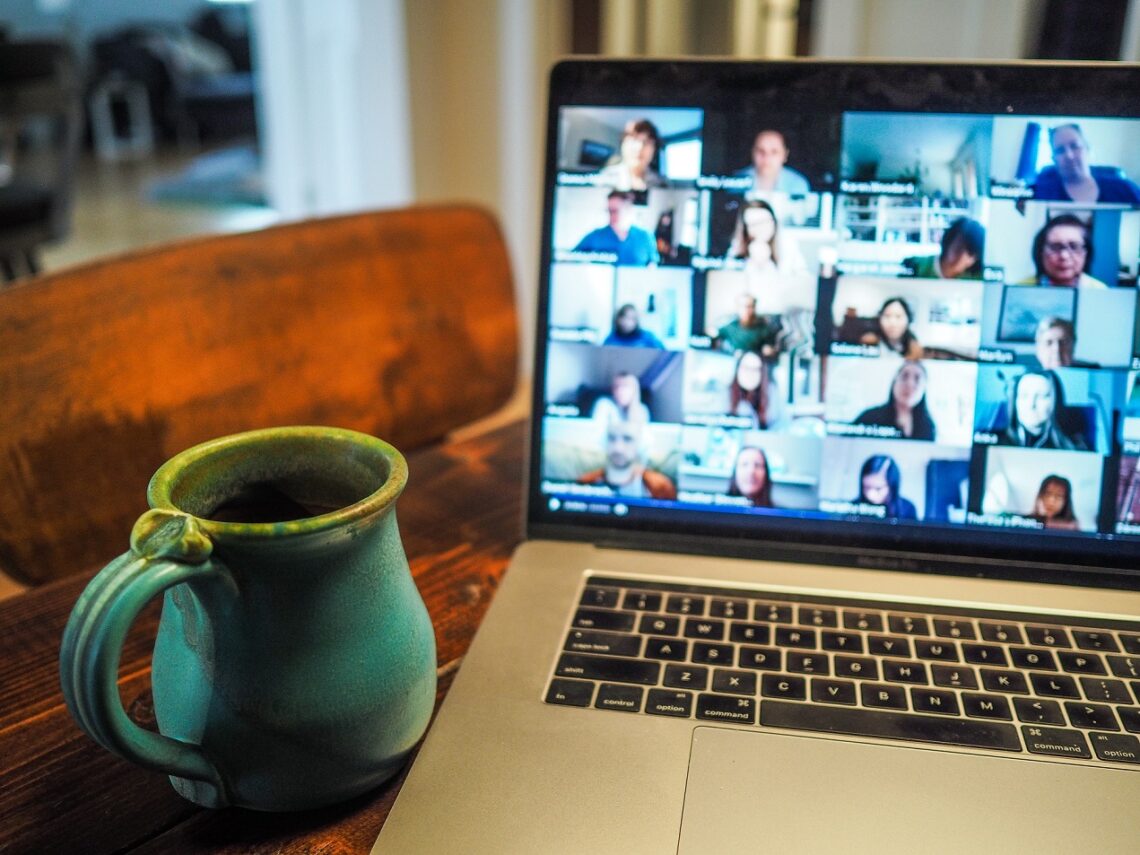
Beat Your Zoom Fatigue With These Three Tips
A few weeks ago, I had a headache almost every time I was in a Zoom video call. This phenomenon has become a common issue these days as so many are working from home and meeting  virtually. Hence we got a new word in our vocabulary, called Zoom fatigue.
virtually. Hence we got a new word in our vocabulary, called Zoom fatigue.
I have been using video communications tools since 2009, a long time before Zoom was born. It allowed me to meet and coach people and attend classes without spending energy and money traveling for work. The pandemic made it a necessity when we are to stay home and minimize travels and in-person interactions.
Like any good thing, moderation is the key, even with this amazing technology. I have asked some of my friends and colleagues how they maintain a healthy Zoom-life balance. Here are the three key points.
1. Don’t just default to a video call, Choose mindfully.
Use the Video
– When meeting someone for the first time,
– When connection, rapport building is the focus, and the facial view can help
-When you are an active participant in that call, video helps to establish your presence.
Use Audio-only
-1:1’s with people I already have an established relationship
-With teammates, when a quick huddle helps unblock decisions.
-For low stake meetings, when I am mostly absorbing information.
2. Adjust video call screen settings to your comfort level.
Resize the window to see what size/ratio suits your eyes better. Try both gallery view and speaker view and see which one is easier for your eyes. Make sure your chair is good enough to support your posture, the monitor is set at the right height; all these may contribute to muscle strains over time. Stretch, and move your body (even when sitting) more frequently, mindfully.
3. Honor Your Body’s Need to Move and Look Outside
One of the big reasons for Zoom fatigue is lack of physical exercise and excessive screen time. Even though we are in a pandemic and are not commuting, our bodies still need outside time and movement. Take frequent short breaks, create a daily routine for physical exercise and non-screen time. My colleagues and 1:1 coaching clients sometimes prefer audio-only calls. It allows us to walk and talk if we want. For such meetings, all I need is lightweight ear pods and weather-appropriate attire. A friend of mine says she deliberately plans to walk outside, connect with nature, or reads a book to clear her mind.
The technology aims to help further our mission; it is a means to an end, not the ultimate goal. The use of video calls could definitely use some mindfulness on our part.
More
A Neuropsychological Exploration of Zoom Fatigue
HBR: How to Combat Zoom Fatigue
Feature photo by Chris Montgomery on Unsplash



